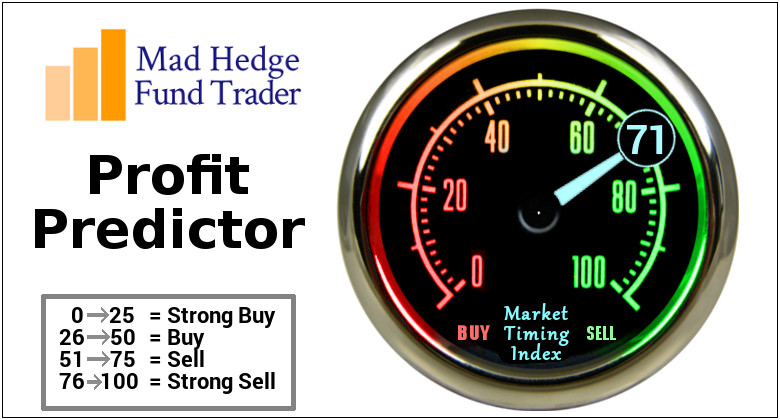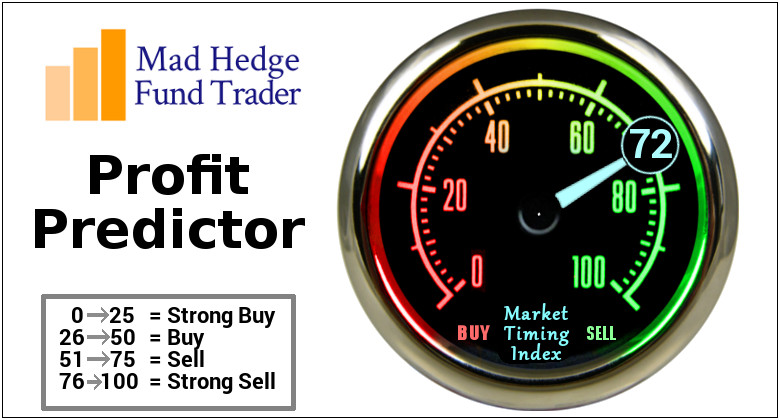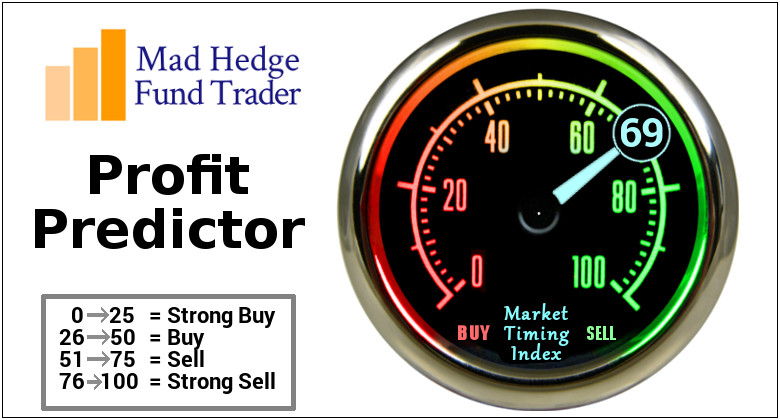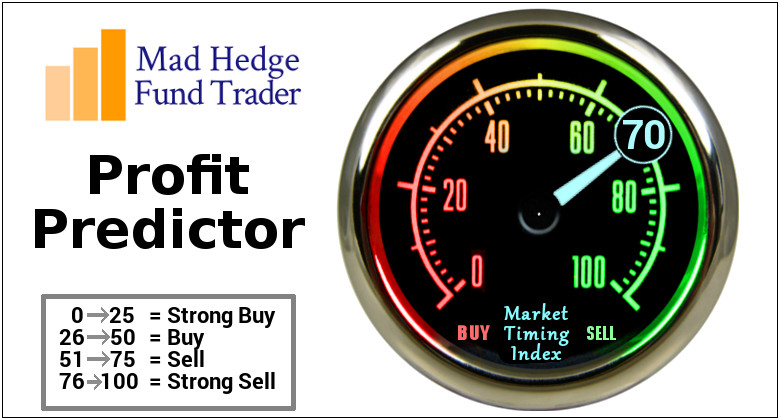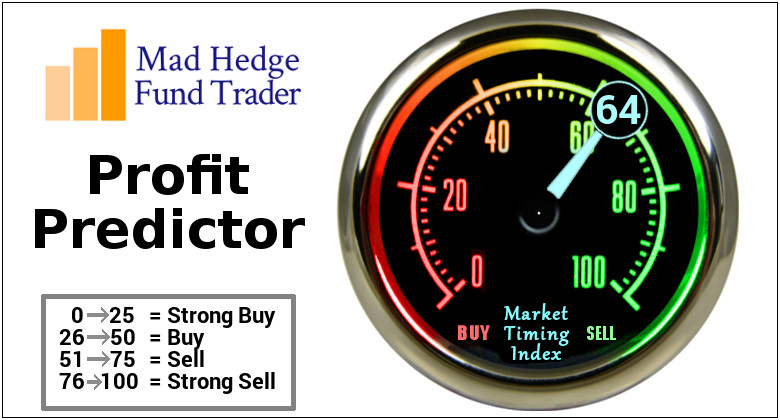As a bolt from the blue, Google search is headed back to China.
The project coined Dragonfly commenced in early 2017 as Google sought a way back into the lucrative Chinese market to sell its products.
The retracement to China then later sped up after Google CEO Sundar Pichai secretly met with a top Chinese official in December 2017.
The censored Google search application could be launched in the next six months to a year upon approval from the communist party.
Why China?
There are three times more smartphones in China than in the U.S. This market represents celestial scale unfounded in any other country.
The Chinese Internet population has roughly 772 million people with Internet penetration levels at about 55%.
The U.S. has maxed out its penetration level at 89% and there is little room to snatch up a new group of mass users. This is not the case in China, which has ample amounts of room to run.
In addition, Google hopes to roll out a news aggregation app mirrored on Chinese newsfeed app Jinri Toutiao that implements personalized artificial intelligence to cater toward each unique user's needs.
As of December 2017, users spent an average of 73 minutes per day on this app.
Jinri Toutiao has 120 million daily active users and has been given a valuation of around $35 billion.
The unbridled potential for American large cap tech companies in China is unrivaled.
But navigating around China's murky business environment under the comprehensive controls of the Great Firewall has proved cumbersome highlighting the executional prowess of Apple's (AAPL) iPhone business in China.
Why did Google leave in the first place?
The issue of censorship was the catalyst leading Google search to the exits.
Google was stunned by the exploits of the Chinese communist government, which maneuvered around Google's system targeting human rights activists among other things.
Operating abroad, companies do not always have complete control over the systems they build and the business processes that revolve around it.
Beijing continued to press Google to filter its search results in 2010, and anything but compliance spelled doom for Google's future in China.
Restricting speech is commonplace for many undeveloped countries with brutal regimes.
The U.S. has one of the most lenient free press laws in the world underlying the backbreaking hassle of operating in a country that actively and aggressively suppresses free speech deemed negative to the people in powerful positions.
After Google started rerouting mainland Chinese Google search to its filter-less Hong Kong servers, Google search was unceremoniously shut down within months.
A comeback is in the works at a time when China and America are at each other's throats in a tit-for-tat trade war, complicating the move to reinsert itself back in the Middle Kingdom.
Let's make no bones about it, this is a high-risk, high-reward strategy for Alphabet, which seeks to add yet another growth driver to its profit-making machine.
Out of the FANG group, only Apple has emerged to unlock the Chinese market with outstanding success.
All other American tech competition was rooted out. Only chip names such as Micron (MU) and Intel (INTC) latched onto the Chinese market largely because of the Chinese demand for chips.
This unfortunate development opened the path for the BATs to dominate in China, which is comprised of Baidu (BIDU), Alibaba (BABA), and Tencent.
Rewind back to 2010, Google search was directly competing against China's Baidu headed up by founder Robin Li.
Google had just 14% market share in search and was trailing far behind Baidu, which had 79% of market share.
In 2010, the difference in the quality of the search algorithms between the two couldn't have been larger.
When comparing these search engines, 85% of Google searches would populate vastly different results compared to Baidu's search platform.
Upon further inspection, Google search was deemed far more accurate than the market share leader Baidu, and that has not changed.
China's inferior technological abilities are well noted. The shortage of talent has forced them to institute forced technological transfers from western companies working in China, outright theft of technical know-how by state sponsored hackers, and the use of government loans to finance M&A activity in technological advanced countries.
In fact, Google leaving China robbed the Chinese tech sector of legitimate competition crushing the innovation trajectory or any remnants of one.
This led to the BATs running riot making money hand over fist but still trailing American tech by a country mile in terms of technical ability and innovation.
A lack of competition breeds complacency.
The reintegration of Google search into China will bring a whole new level of top-class ad technology into China.
This could be the beginning of a monumental ramp up in digital ad spend in China, which trails far behind North America and Europe in average revenue per person.
Discretionary spending is robust in China and advertisers want a piece of the action.
As much as this could be an opportunity for Alphabet to invigorate its cash-making enterprise, it is also a chance to enhance the overall Chinese tech sector.
Upon hearing Google will return, Baidu's Li laid down the gauntlet retorting that Baidu will "win one more time."
Having the communist party on your side as a tag team partner goes a long way in China and has been the main reason of foreign firms fleeing in droves in the past.
Alphabet won't have the same help.
Yet, it could learn a great deal from heading into this sensitive opportunity that could also lay the groundwork to operate in other countries with repressive governments bent on destroying freedom of speech.
Naturally, Alphabet employees weren't impressed with this new direction.
Silicon Valley is centered on left-wing social mores and adjusting its model to accommodate a totalitarian regime does not sit well with many workers.
Google saw a mini employee revolt because of Project Maven, a national defense program marrying artificial intelligence with combat operations in the United States.
Allowing Google's technology to possibly fall into the hands of Beijing would be unforgivable and a national embarrassment.
This idea is definitely not part of the low hanging fruit initiative.
This fruit is 20 feet high dangling from a distant branch.
If Alphabet pulls this off, it could add another surging driver to its portfolio, which prints money because of its digital ad segment.
It could potentially increase revenue by 30%.
Alphabet's successfully bringing in its Google search engine back from the cold, albeit censored search engine, could lay the groundwork for other American tech companies to enter the Chinese market, which would crush Alibaba, JD.com (JD), Tencent, and Baidu's share price.
Baidu dropped more than 6% upon this announcement.
The tech expertise level would naturally rise in China if American tech companies were permitted to set up shop, enhancing the total Chinese tech sector.
It would also apply pressure on China's communist government to open up its industries and do away with the protectionist stance that has been a bedrock policy fueling China's unbelievable rise from rags to riches.
China's top-level politicians must understand inward policies of this ilk do not mesh with the status of a country that is the world's second biggest economy. And it was only a matter of time before unyielding backlash ensued.
From the political side, it could possibly offer additional ammunition to the American administration if China wholeheartedly rejects Google's foray into the mainland, even if it complies with every miniscule, arcane rule Beijing throws at them.
It will prove that China is not willing to compromise or make a deal with the deal-obsessed American administration. And it will signal a dead-end road for any large cap American tech company with China aspirations.
The U.S. administration would use this as an "I told you so" moment, highlighting a history of perpetual unfair trade practices. Hopefully, it never gets to this point.
As it stands, many American large cap tech companies won't touch the Chinese market with a 10-foot pole, but the breathless scale is hard to pass up for others.
If Google is stonewalled, expect an even tougher response from the American administration hell-bent on preventing technological transfers to China.
Currently, the Committee on Foreign Investment in the United States (CFIUS) is attempting to recreate the rules to counteract the China threat.
The trade war is ultimately about global supremacy and being able to harness the biggest tool to achieve world hegemony, which is high caliber technology.
The treatment of Chinese and American tech companies by each other's government will give investors deep insight into how this all plays out.
This is Alphabet's last gasp chance at entering China. If it evolves into a spectacular failure, it always has its digital ad business to fall back on and the upcoming mass rollout of Waymo, its autonomous self-driving taxi business.
So why not take a stab at it?
________________________________________________________________________________________________
Quote of the Day
"If Google re-enters the market, it gives us the opportunity to player kill with real swords and spears and win one more time," - said founder and CEO of Baidu Robin Li.





